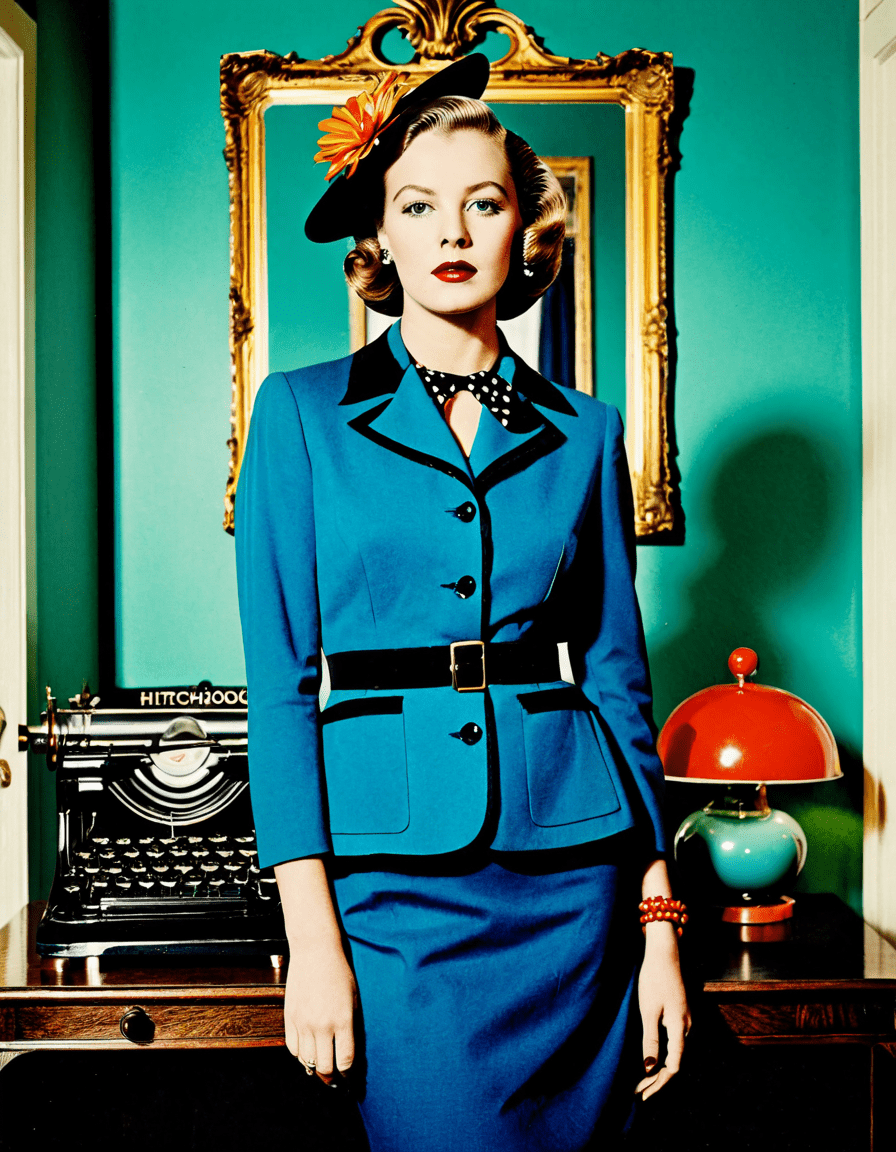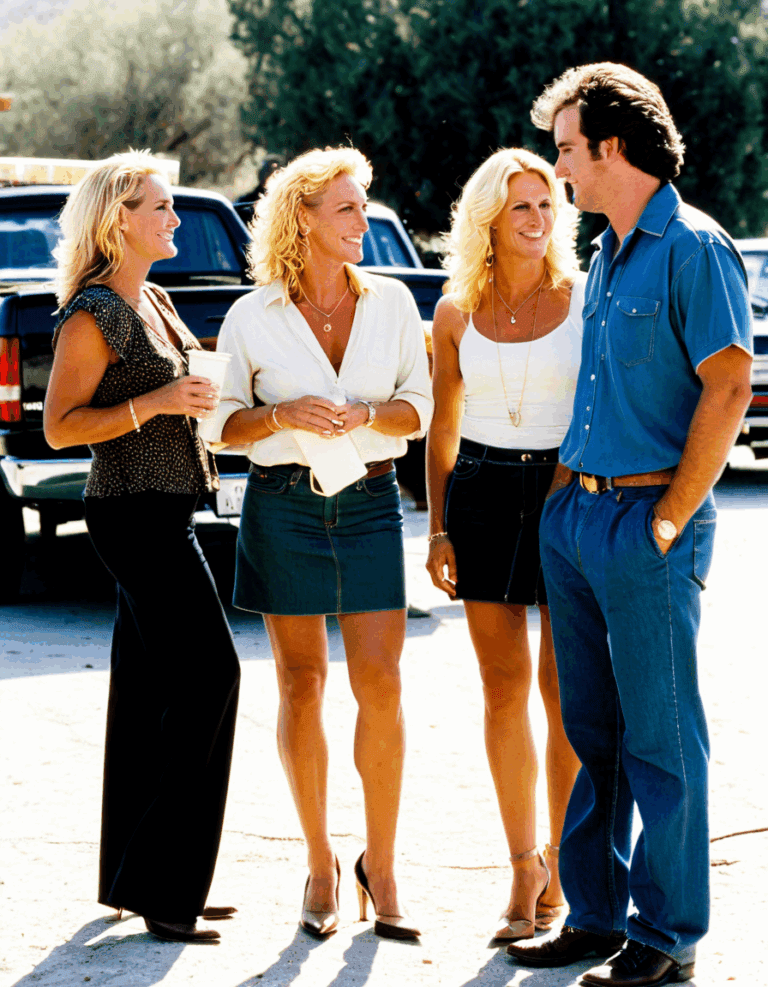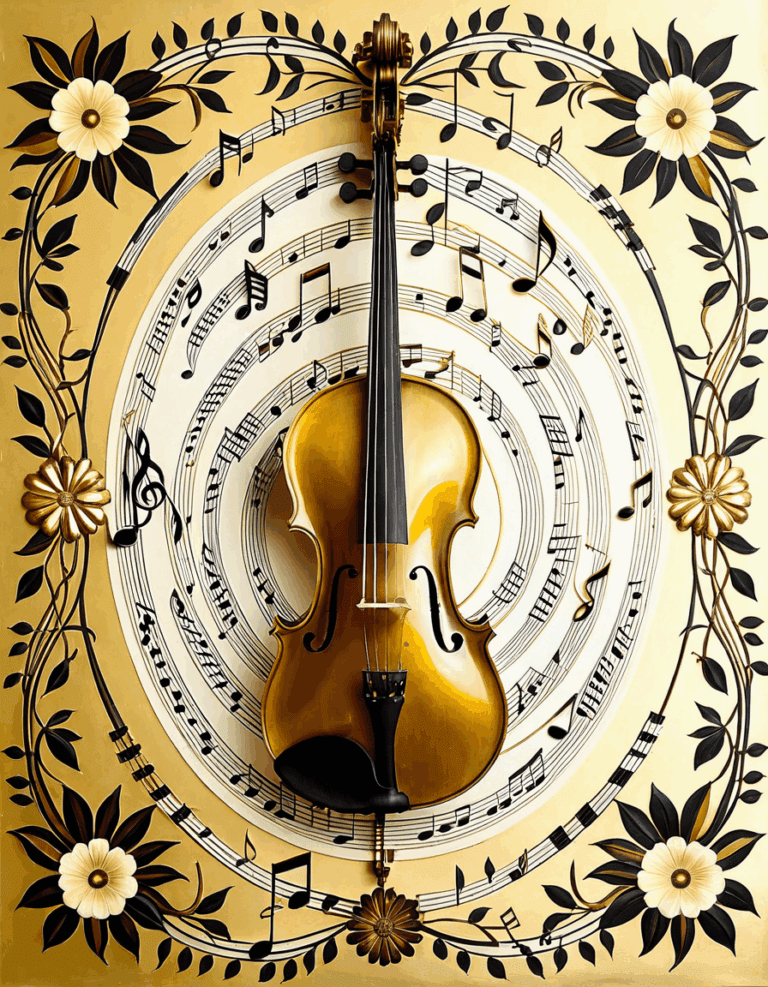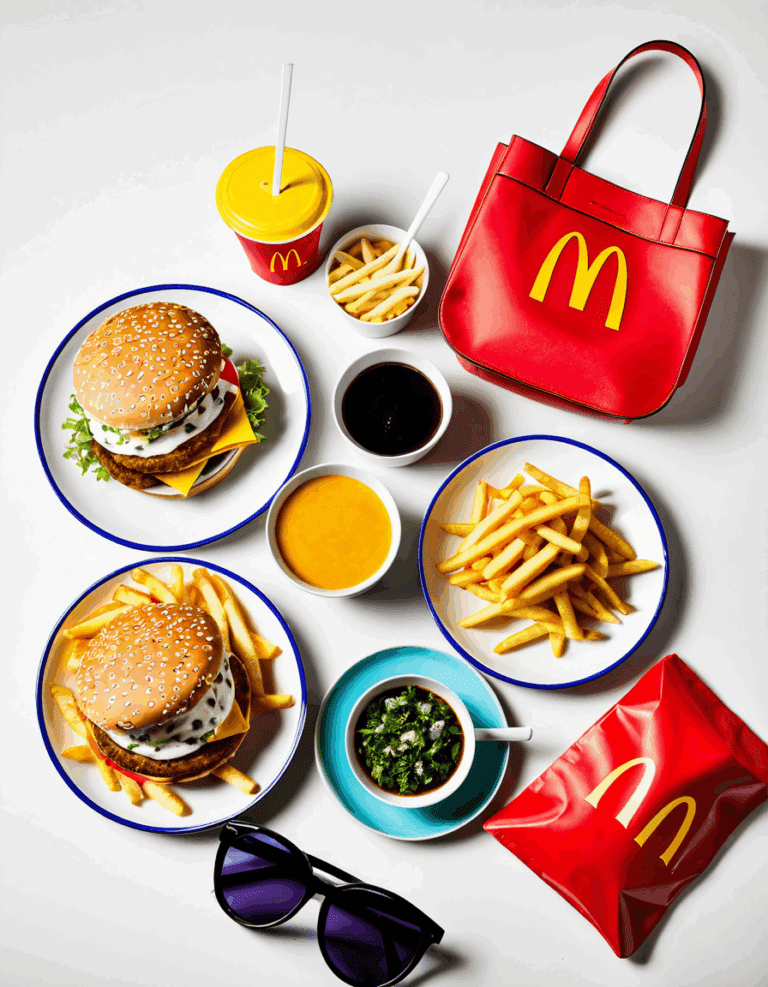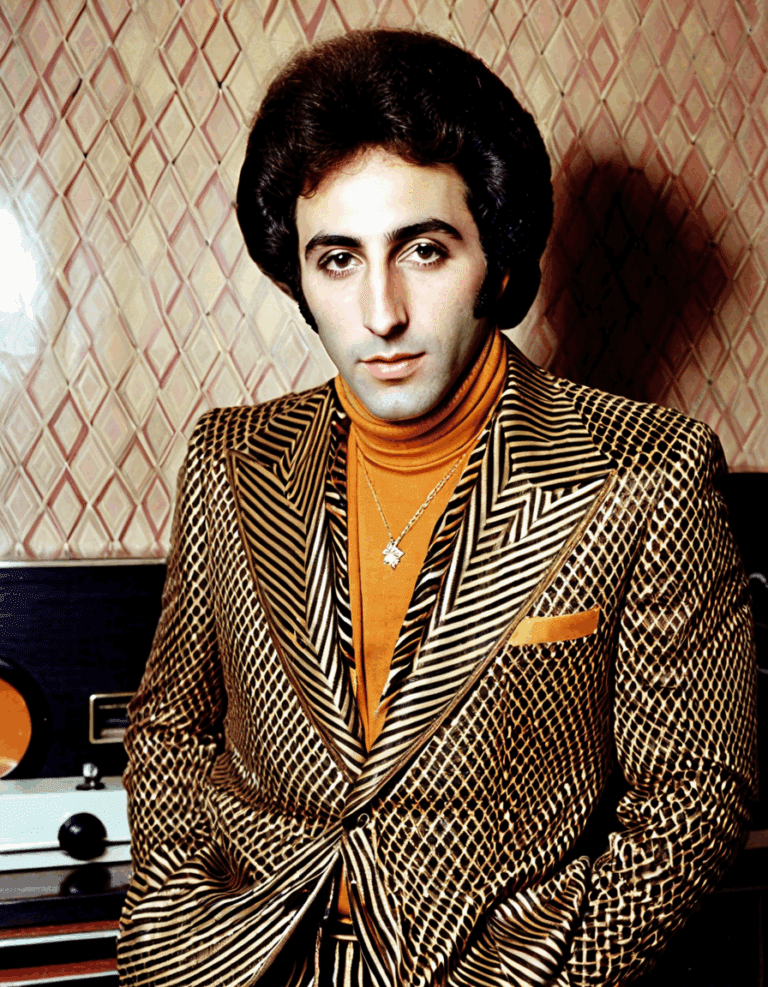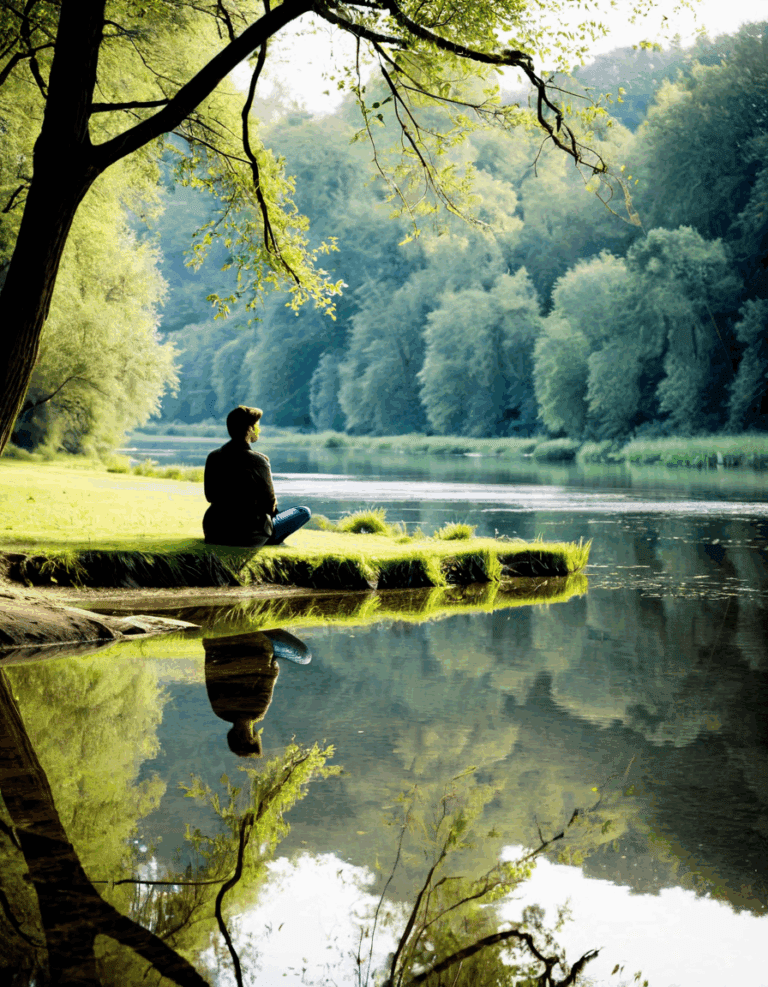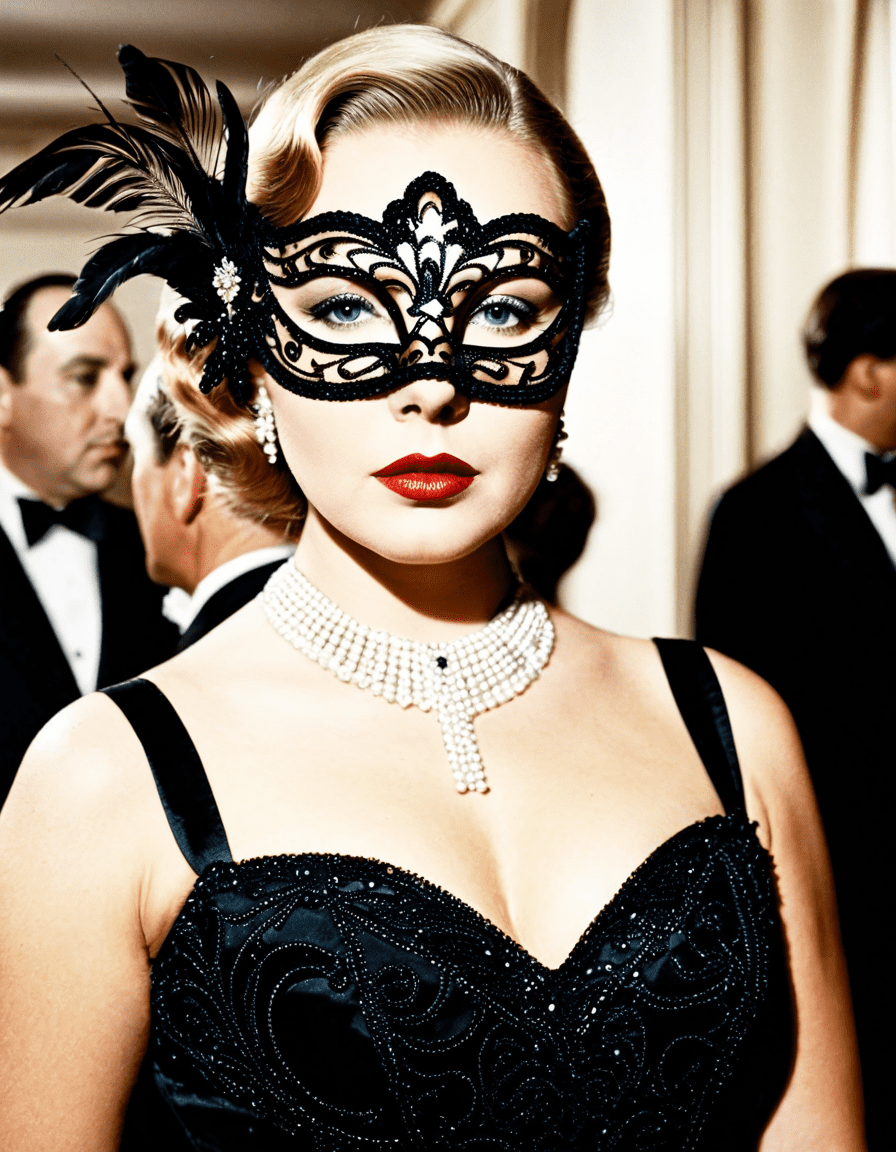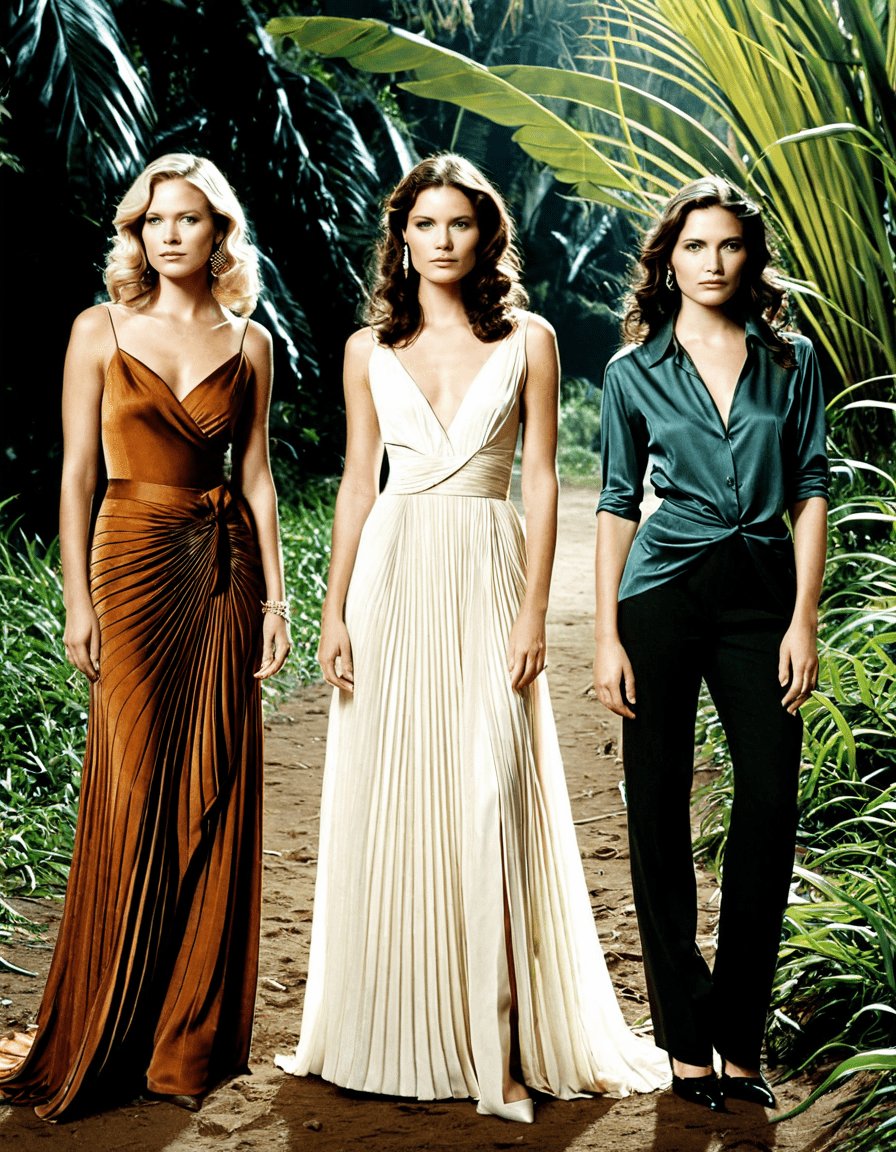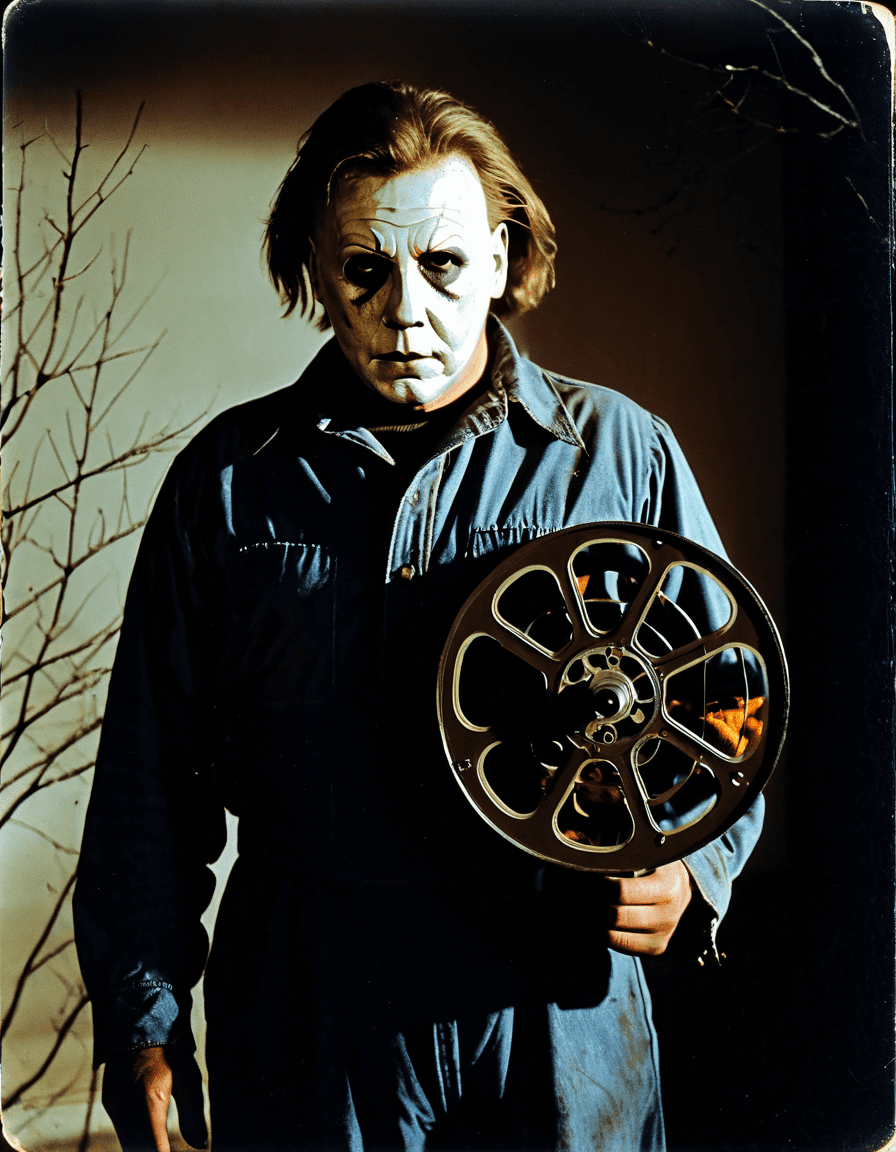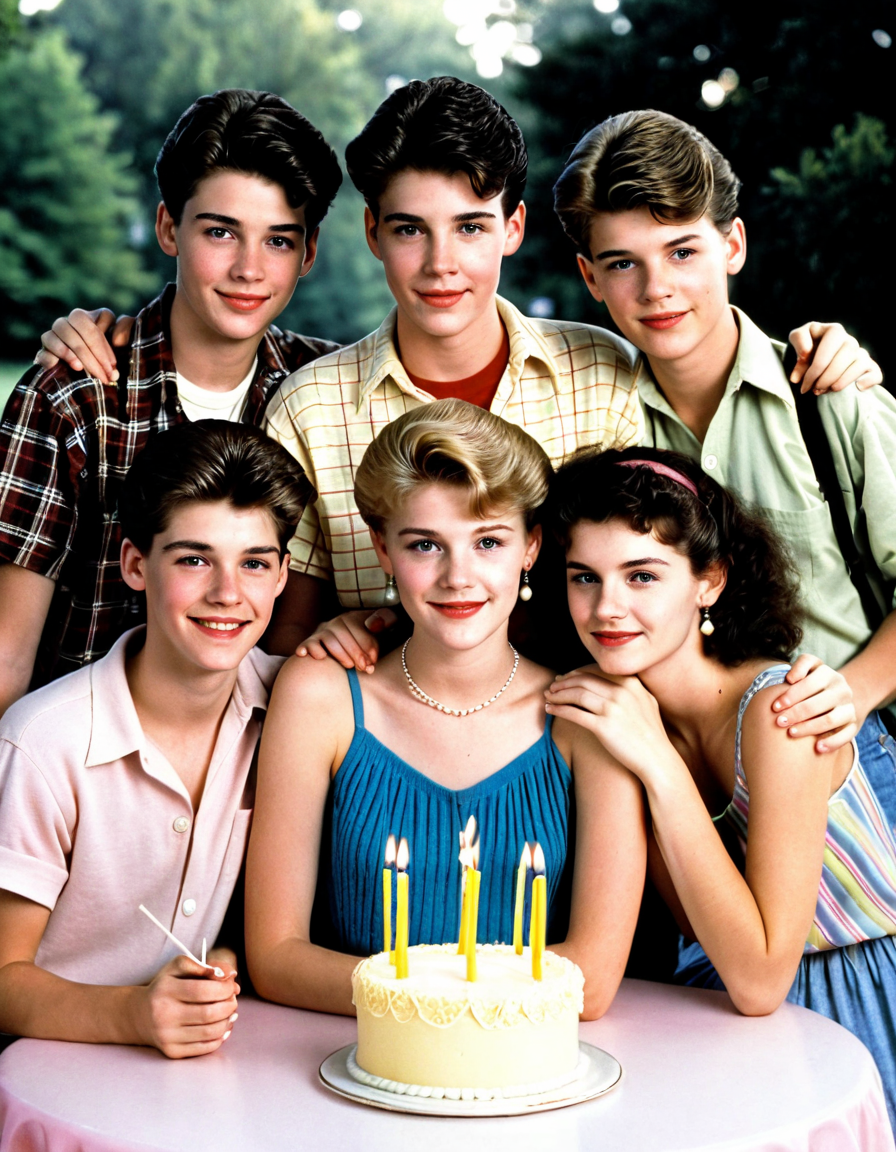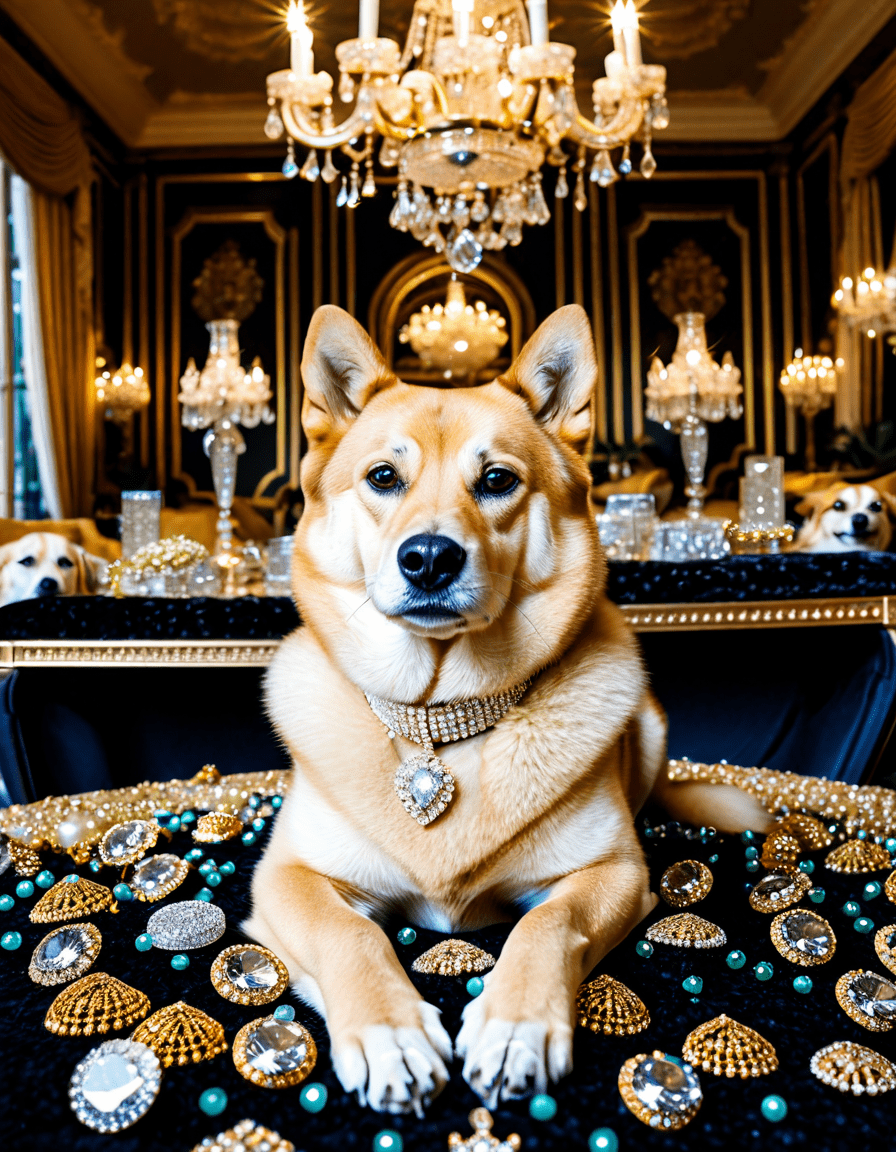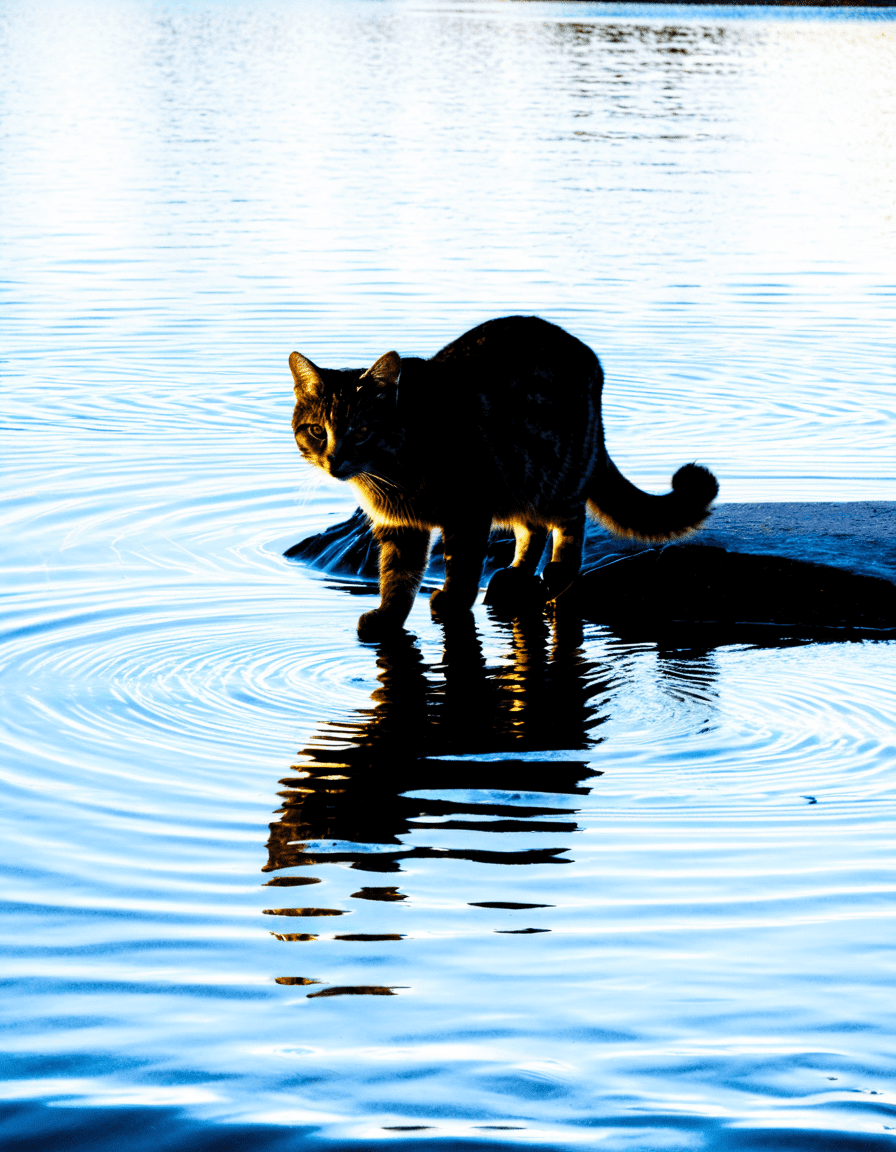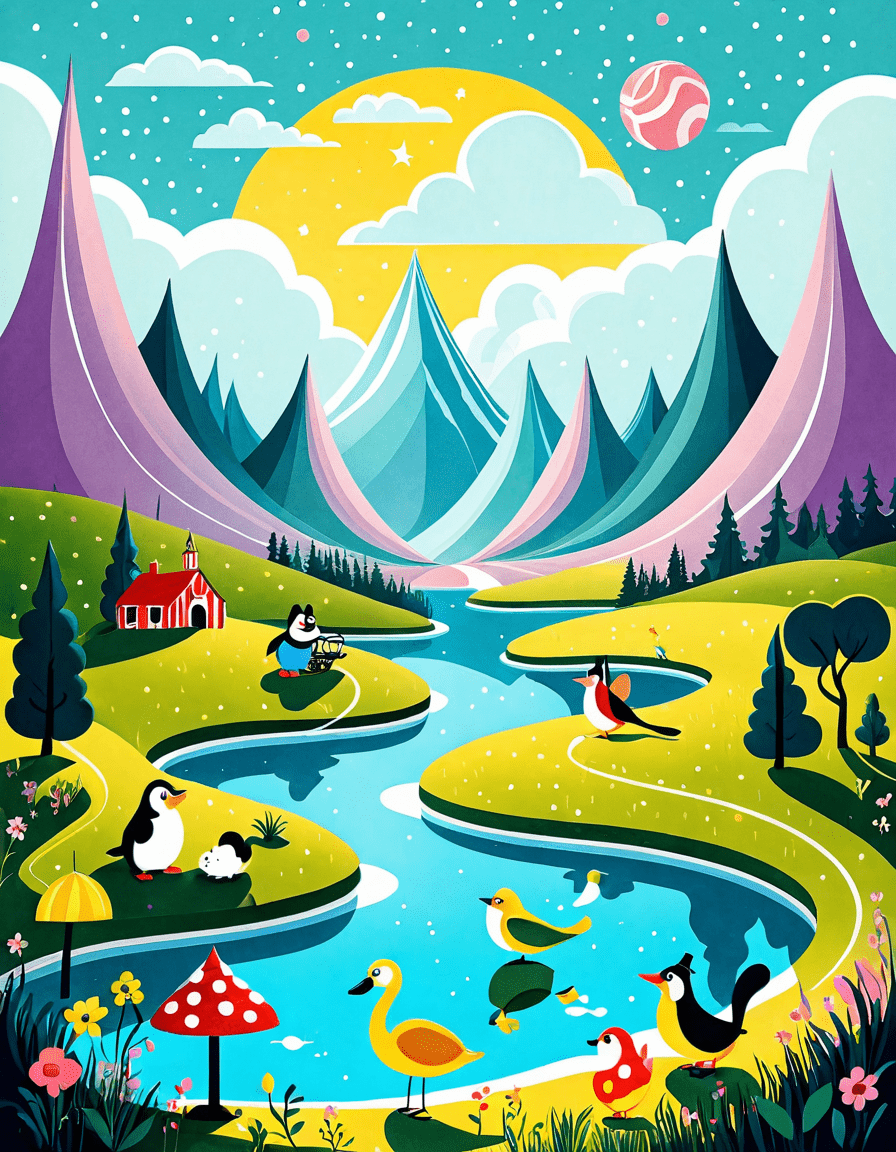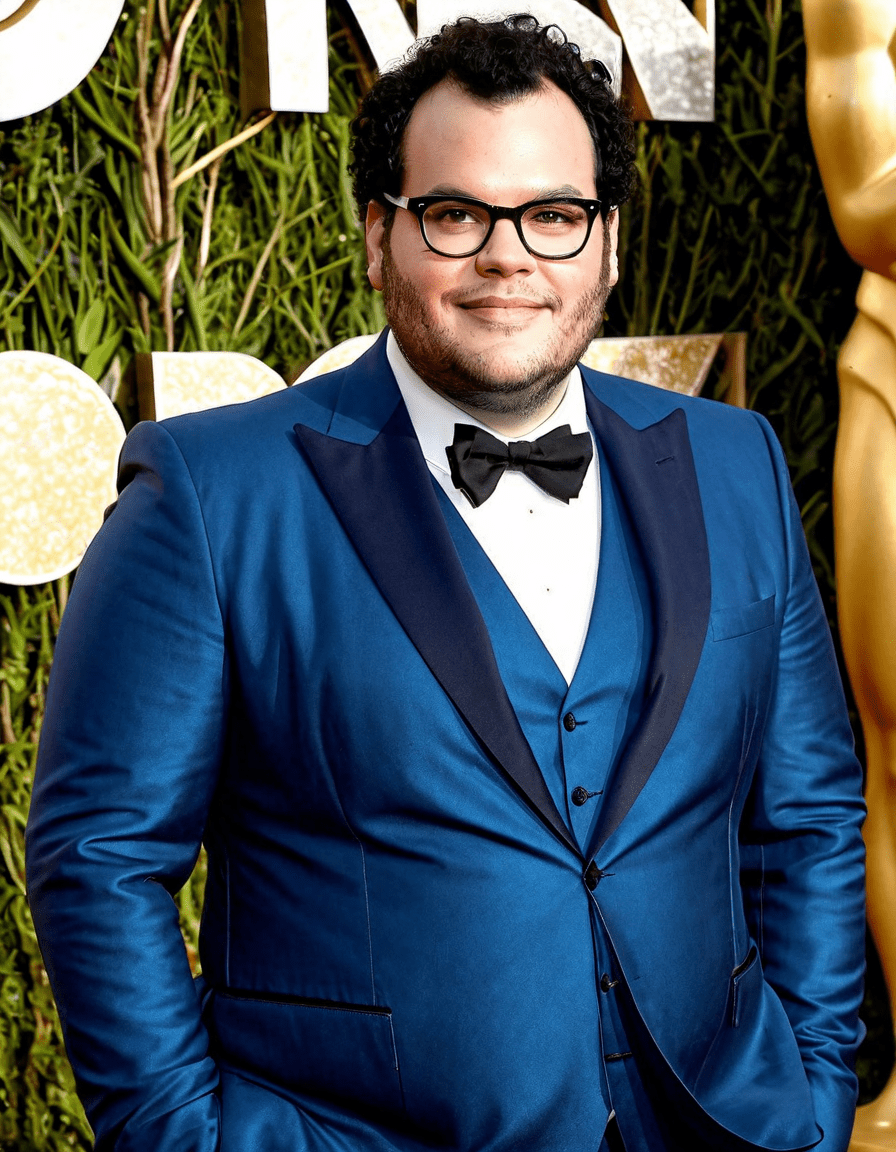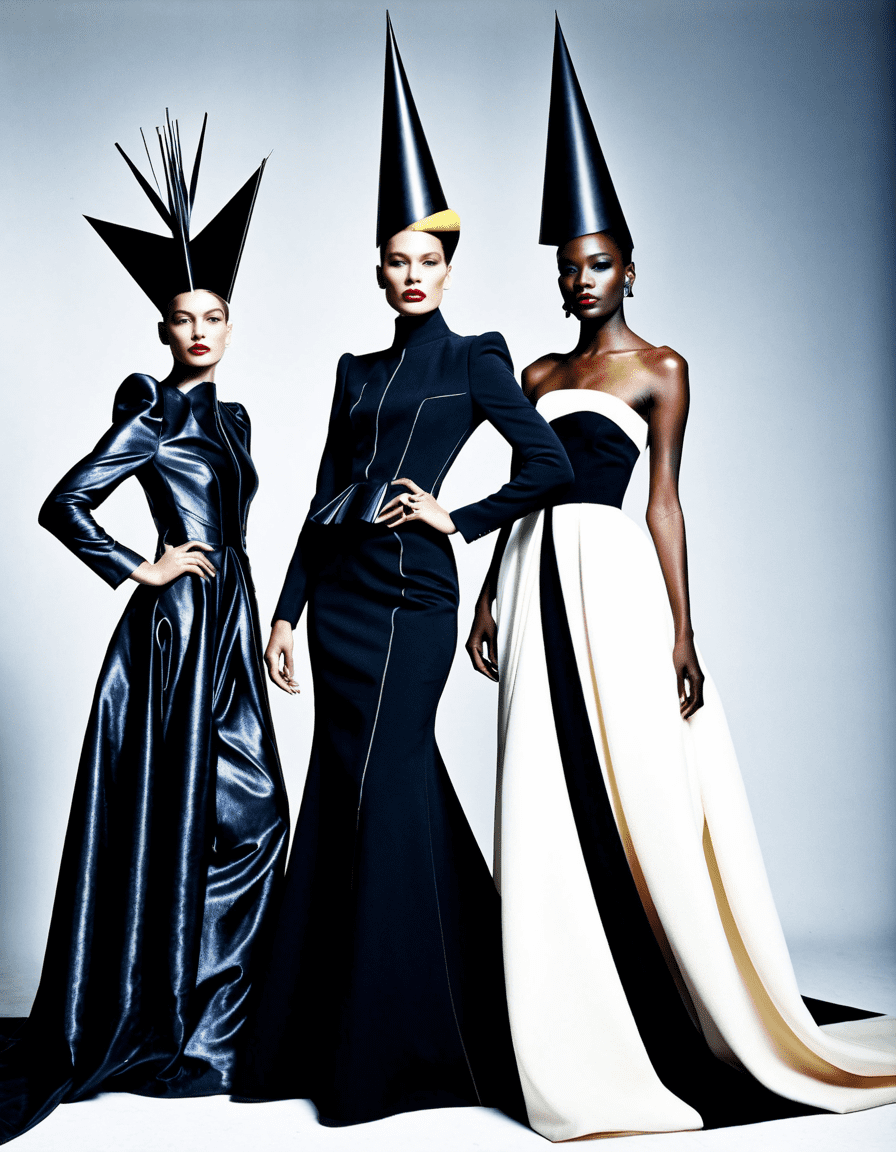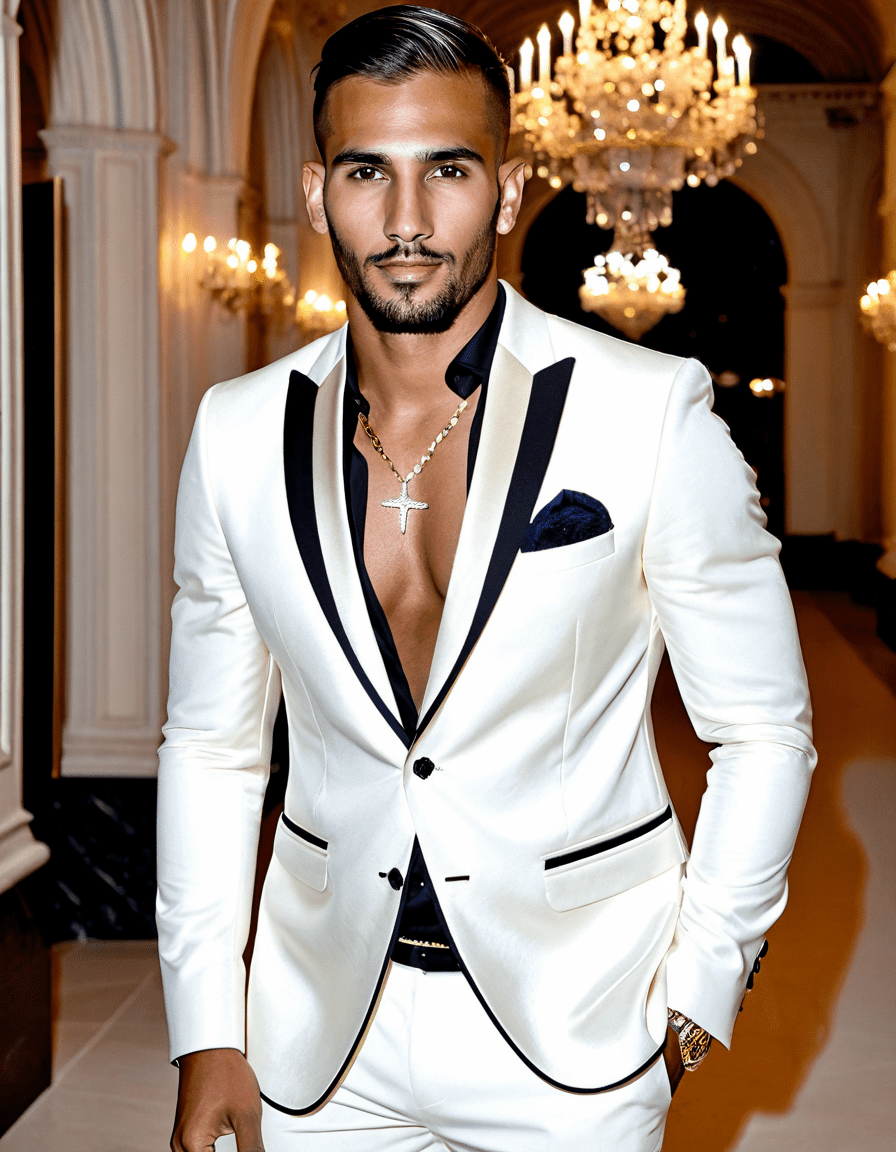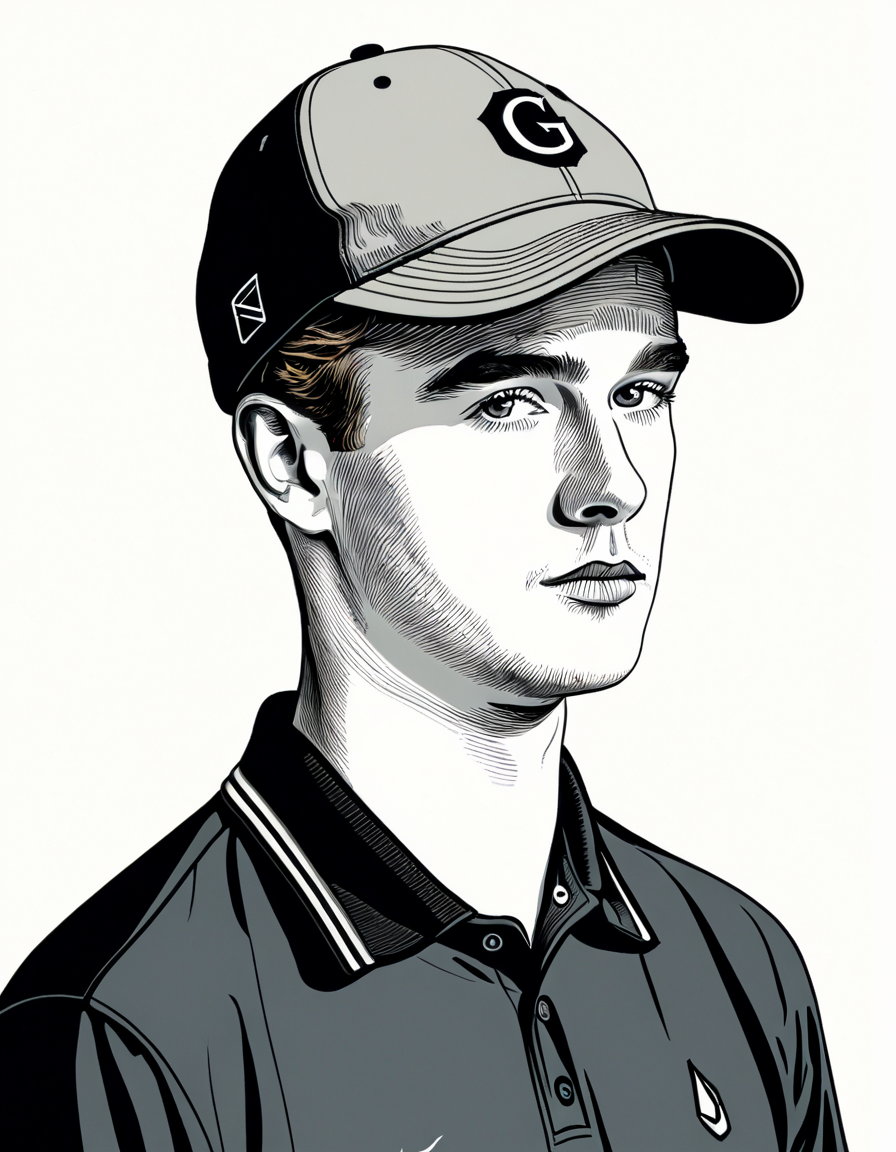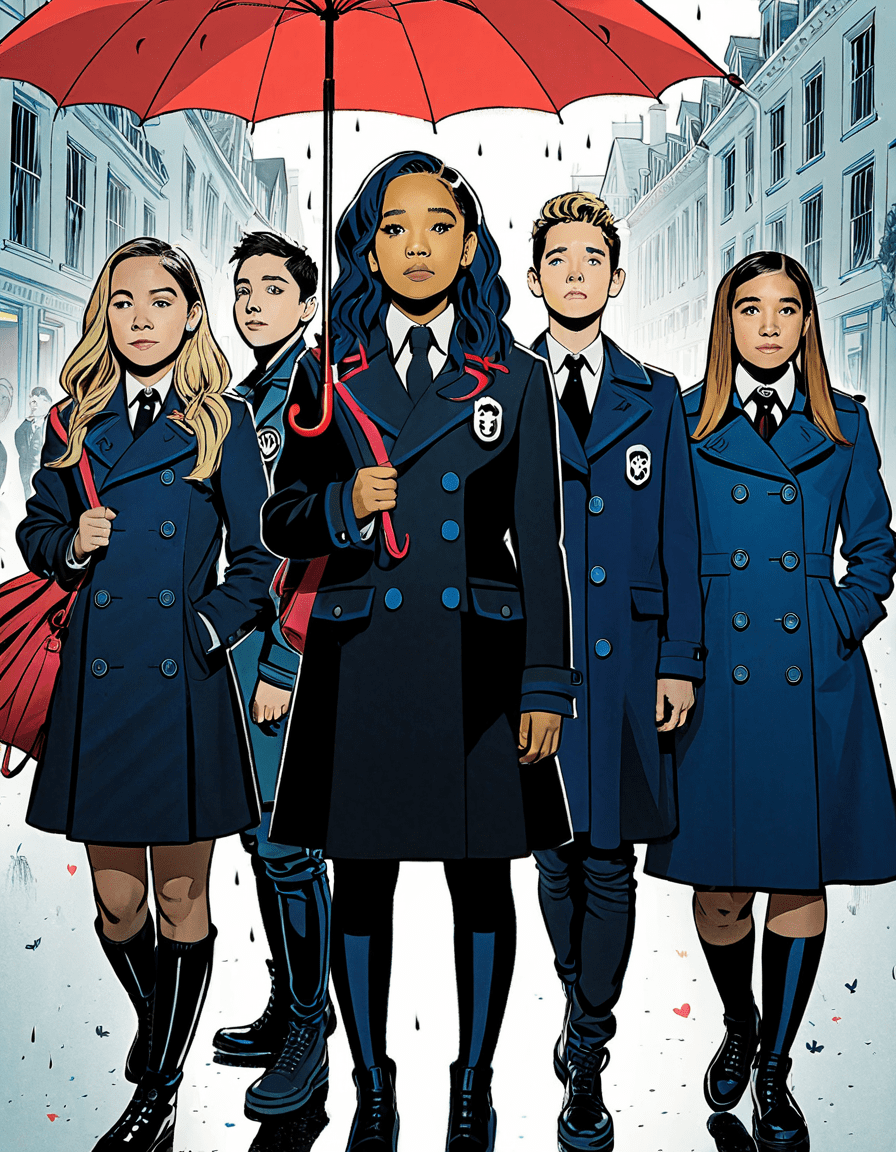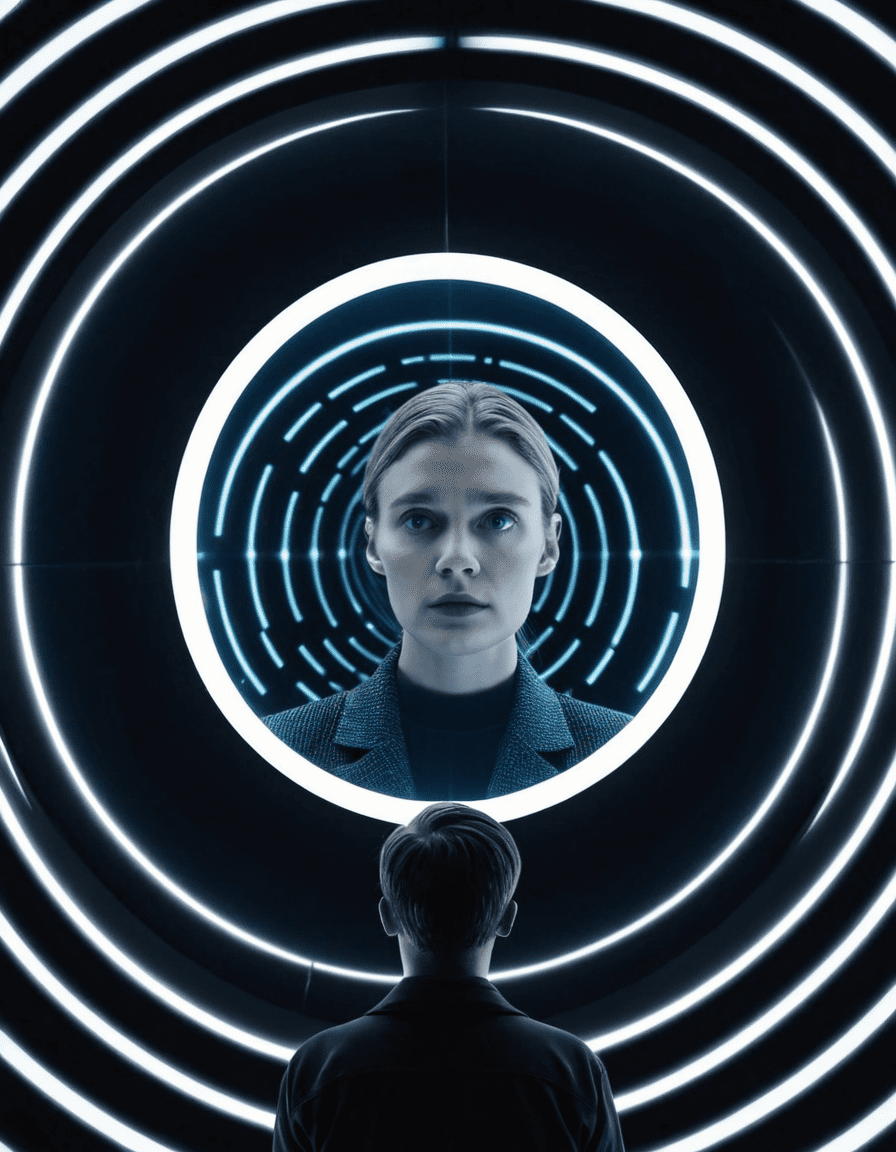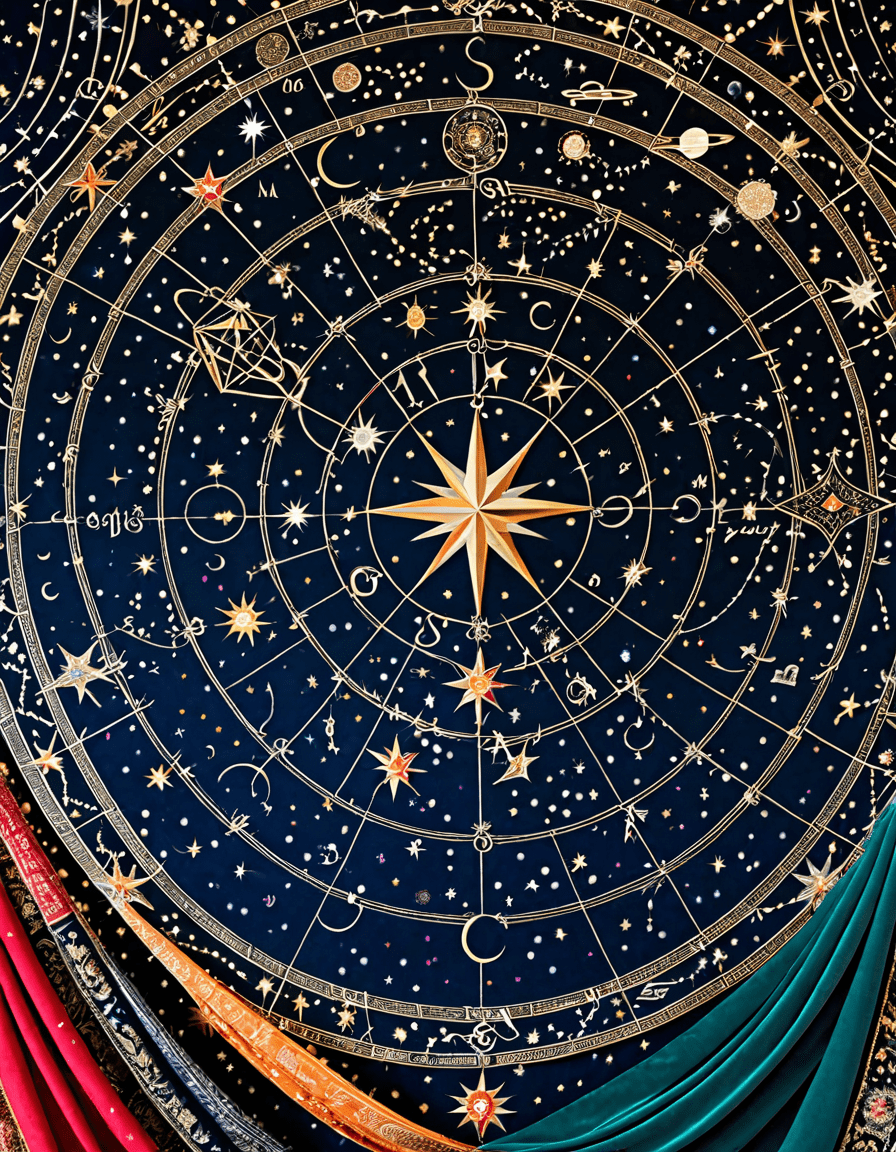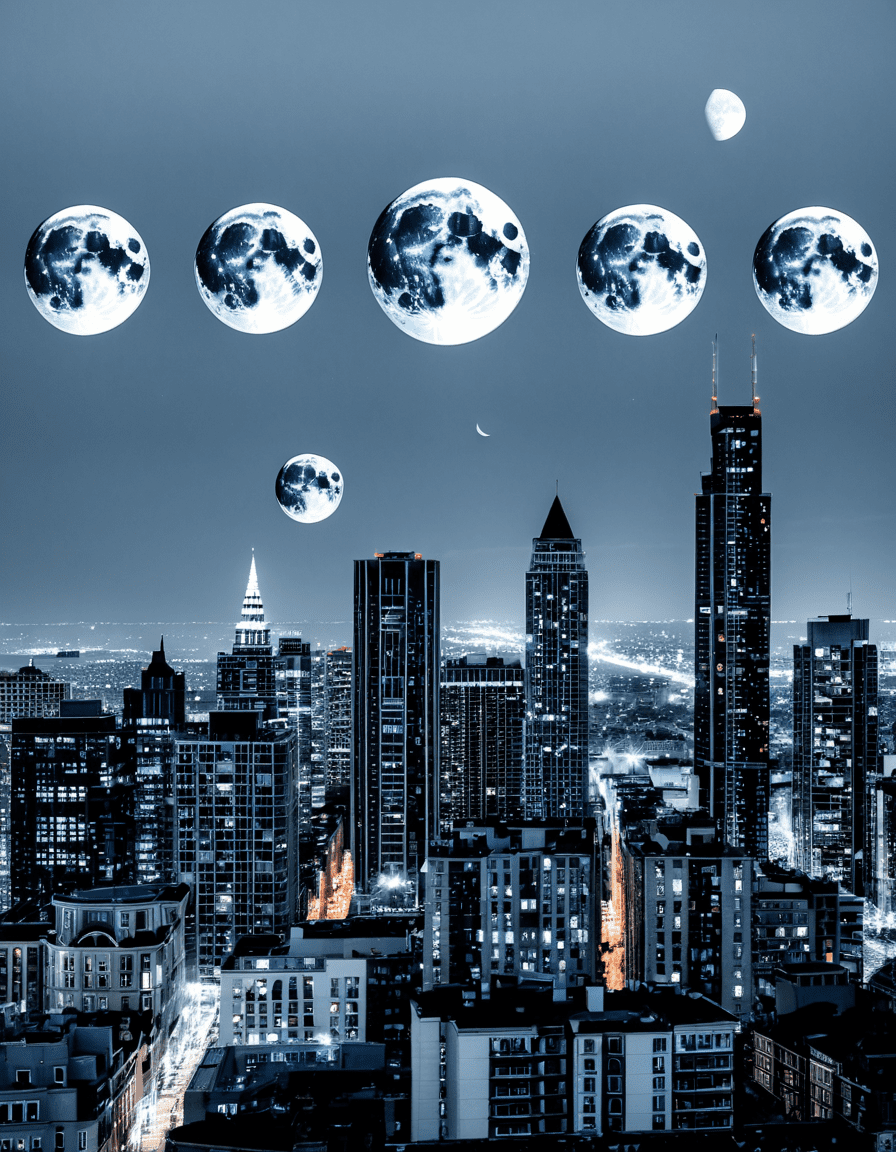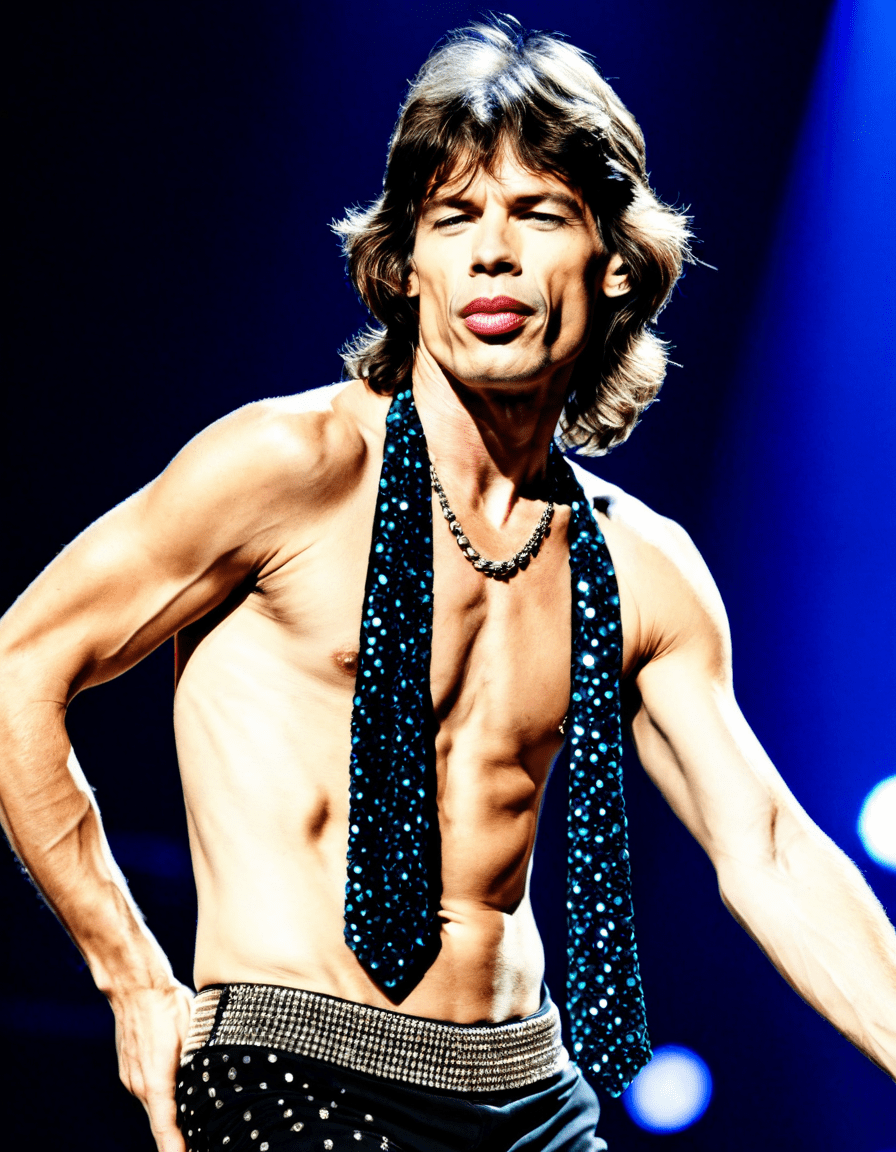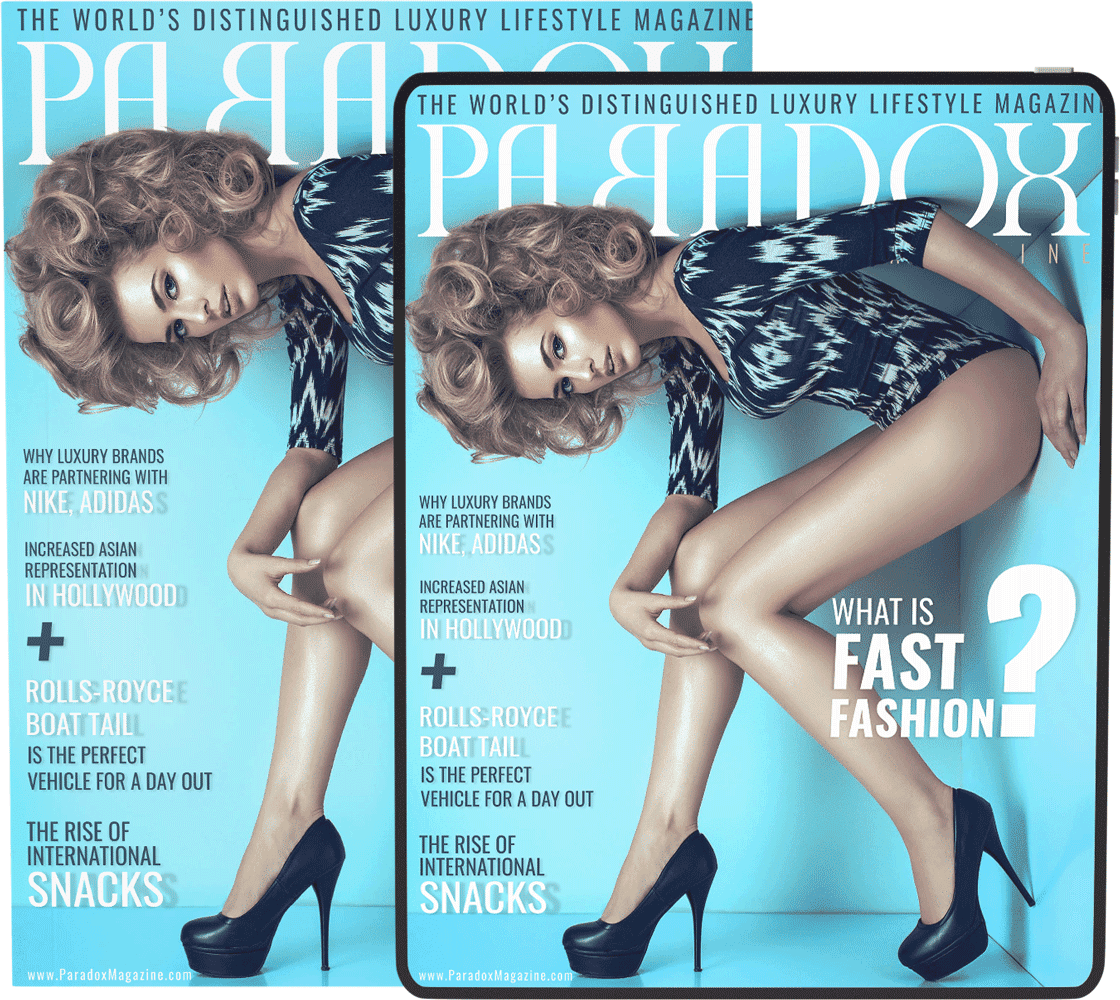Alfred Hitchcock remains a towering figure in the cinematic landscape, a true maestro of suspense whose shadow looms large over the world of film. Whether you find yourself sinking into the plush seat of a vintage movie theater or scrolling through your home cinema options, Hitchcock’s thrilling narratives pull you in and keep you glued to the screen. For a fashion-forward audience who appreciates the finer things in life, Hitchcock’s artistry and flair resonate on multiple levels—capturing our attention while sewing the fabric of suspense and style into every frame. Today, we’ll dive deep into his brilliance and discover just how his films have captured the imaginations of viewers, both past and present.
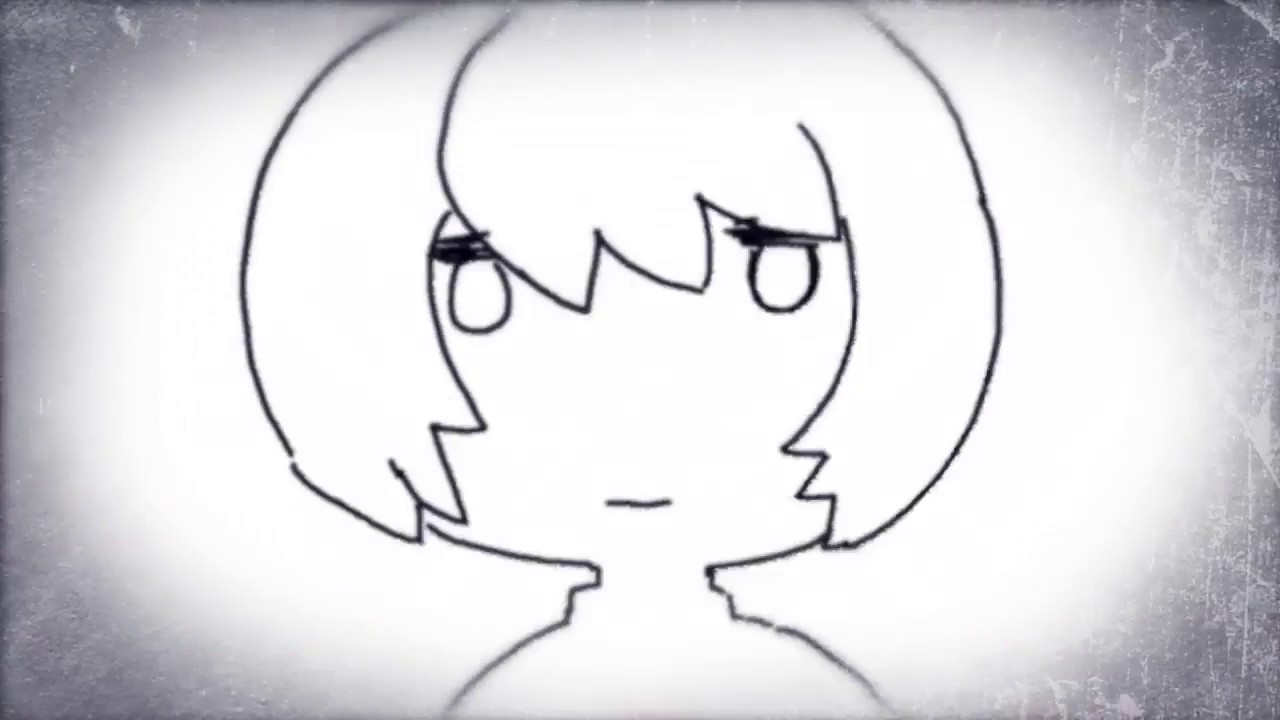
Iconic Elements of Hitchcock’s Magic
Hitchcock’s filmography is a treasure chest of ingenuity, each piece glimmering with stylistic elements that set the bar for all who followed. To dissect Hitchcock’s artistry, let us explore seven iconic elements that not only showcase him as a master of suspense but also shaped the language of cinema that we recognize today.
Let’s chat about the MacGuffin—an otherwise mundane object that drives the plot forward but packs an emotional punch. In “North by Northwest,” we’re twisted into a narrative dictated by a microfilm that, honestly, doesn’t matter much outside of its ability to propel our heroes and villains into a thrilling chase. The real meat is in the relationships and the stakes, a nod to Hitchcock’s genius that transcends the simplicity of the plot.
Hitchcock’s exploration of voyeurism is not just clever; it’s downright profound. In “Rear Window,” our protagonist, played by the charismatic James Stewart, becomes the ultimate peeping Tom, turning the camera into a tool for moral reflection. This theme mirrors contemporary concerns about privacy—now more relevant than ever in our digital age where we’re all peering through screens. Hitchcock forces us to consider the ethics of watching, bringing a sprinkle of unease to our popcorn.
Psychological tension is Hitchcock’s playground. He painted haunting portraits of the human mind, like in “Psycho,” where Anthony Perkins channels the complex psyche of Norman Bates with haunting perfection. As audiences, we’re drawn into a world where identity is a fluid construct, and the revelations hit hard. Even today, this kind of psychological depth drives films that dig into the human experience, leaving us at once thrilled and introspective.
Picture this: you’re watching “Vertigo,” and then that dolly zoom hits you like a jolt of caffeine. Hitchcock’s pioneering camera techniques, particularly the dolly zoom, feel fresh even today, elevating emotional resonance with a visual twist. Filmmakers like Russell Crowe in “Unhinged” have channeled this disorienting prowess to amplify the tension within their own narratives. Talk about setting the stage for cinematic evolution!
One of Hitchcock’s endearing quirks was his cinéma vérité cameos, where he cheekily appeared in each of his films. Audiences loved spotting him! This self-referential play has trickled down through cinema history, seen in the delightful antics of Oscar Nunez, who weaves humor and surprise into his roles, revamping that classic sense of curiosity every time we watch.
Hitchcock had a way of crafting formidable ladies in his films, a rarity in an era often focused on weaker portrayals. Take Tippi Hedren in “The Birds”—her character faces unexplainable terror with resilience. This motif of fierce women resonates in today’s cinematic landscape, especially when we consider contemporary portrayals like Harrison Ford in “The Fugitive,” where strong female leads break through conventional molds.
The score of a film can haunt or elevate, and Hitchcock hit the jackpot with his collaboration with composer Bernard Herrmann. From the screeching strings in “Psycho” to the tones that build tension, the sound design in Hitchcock’s films has created soundscapes that linger with audiences long after the credits roll. Modern thrillers, like projects starring Timothy Hutton and Warren Beatty, echo this thrilling sound design, ensuring that suspense is felt, not just heard.
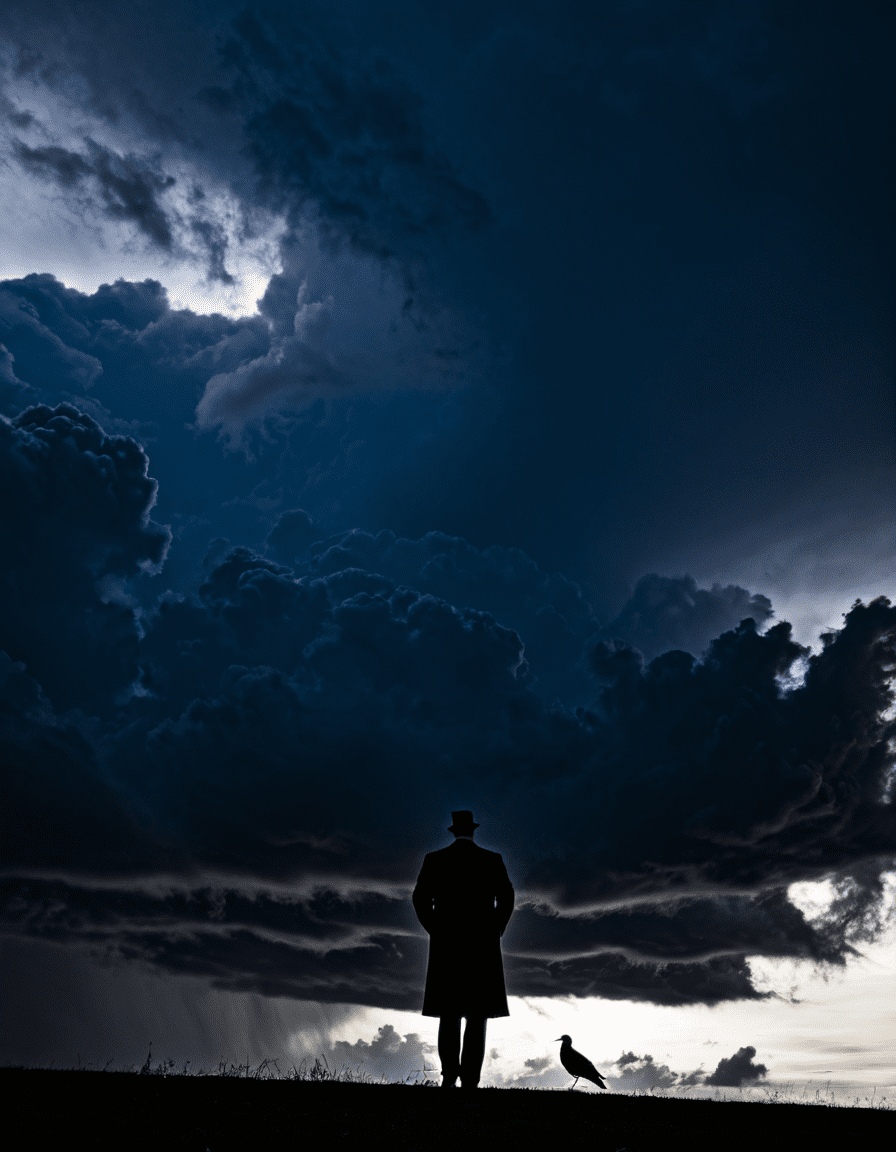
Hitchcock’s Influence on Modern Cinema
Alfred Hitchcock’s style has rippled through time, shaping generations of filmmakers who seek to capture his artistry. Directors such as Martin Scorsese and David Fincher have worn their Hitchcock influences like badges of honor, employing his techniques to elevate their narratives. Moreover, films today echo Hitchcock’s psychological depth, reinvigorating the thriller genre to resonate with contemporary viewers.
The evolution of storytelling also unfolds through genre adaptations. Think of Clark Gable in vintage thrillers paving the way for today’s heavyweights like Donald Sutherland. Modern cinematic experiences reflect this layered storytelling, where tension simmers and surprises lurk just out of sight, much like Hitchcock intended.

The Enduring Legacy of Hitchcock
Alfred Hitchcock’s contributions to cinema are not just notes in history; they serve as the foundation for modern thrillers infused with suspense and artistry. His pioneering techniques and complex characters keep audiences enthralled, inviting us to study and strategize about the human condition and its nuances. Even as trends and forms change, Hitchcock’s legacy stands tall, reminding us of the visceral power of storytelling and suspense.
In this vast sea of cinematic offerings, Hitchcock continues to shine bright, his films urging new generations to explore the twisting paths of human nature. As we eagerly dive into films inspired by his remarkable legacy, the magic of his storytelling weaves us into the intricate webs of tension and intrigue, captivating and enthralling us in ways we didn’t expect but absolutely adore.
Whether it’s in classic noir, contemporary remakes, or the next big thriller, Hitchcock’s spirit will forever anchor us in the thrilling turmoil of cinema—because after all, who doesn’t want to feel just a little thrilled?
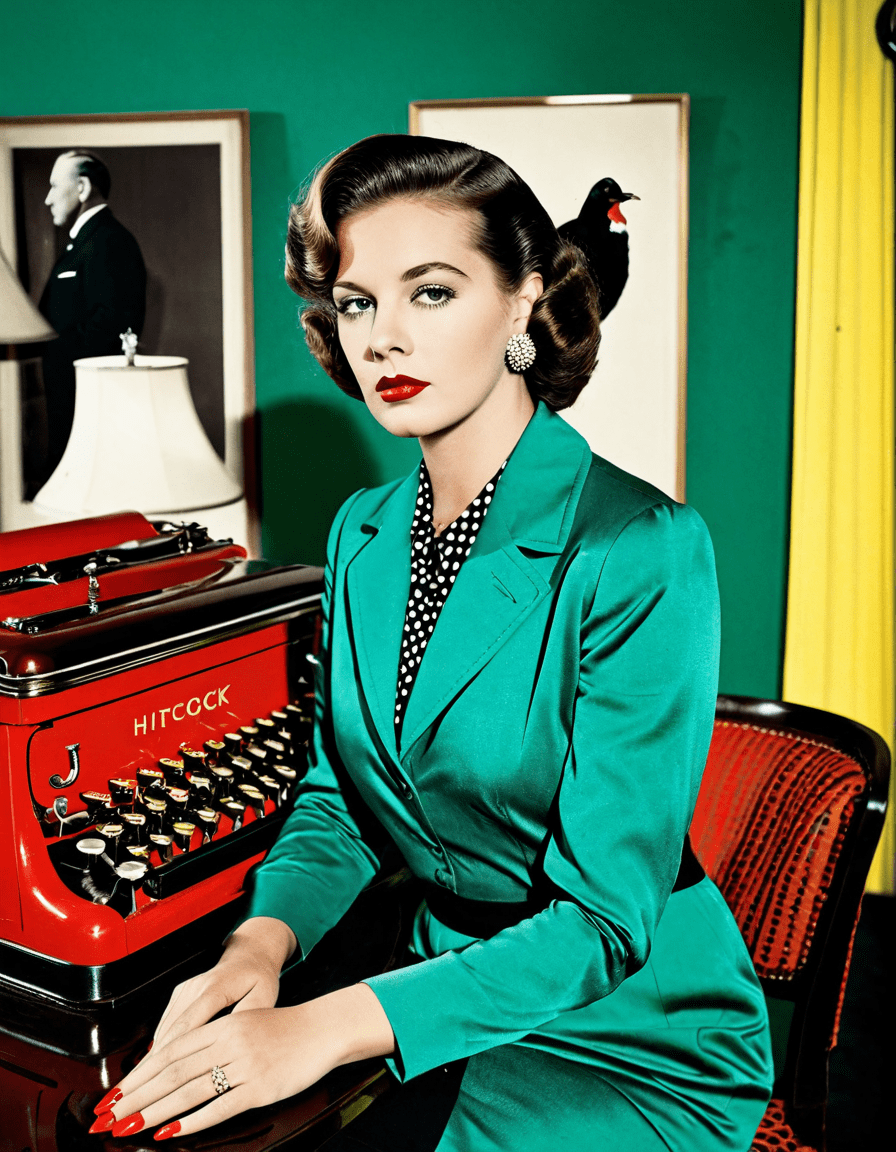
Hitchcock: The Mastermind Behind Thrilling Films
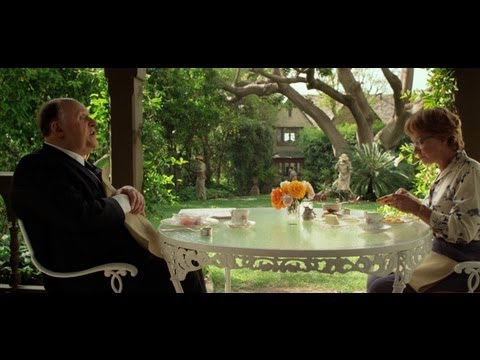
The Man Behind the Suspense
Alfred Hitchcock wasn’t just a director; he was a visionary who changed the landscape of cinematic storytelling. Did you know he had a fear of eggs? Hitchcock’s phobia was so intense that it made its way into his films, reflecting the psychological intricacies he’s known for. Picture this: he once said, “There’s no terror in the bang, only in the anticipation of it.” This fascination with suspense is what keeps viewers on the edge of their seats, much like the unpredictable highlands ranch weather that can shift in a heartbeat, showcasing nature’s own suspenseful twists.
Hitchcock’s genius lies in how he crafted every frame. With his remarkable ability to manipulate audience emotions, he didn’t just tell stories; he put you right into the tension. Speaking of talent, take Jaya Kelly, a rising star in today’s film industry. Similar to how Hitchcock created suspenseful narratives, Kelly is carving out her distinct path in the cinematic spotlight, evolving into a significant figure. It’s intriguing how the elements of filmmaking are deeply interconnected, just like the tense relationships built in Hitchcock’s plots.
Techniques and Innovations
Diving into Hitchcock’s methods reveals a revolutionary filmmaker who was unafraid to break norms. He pioneered techniques in film editing and camera angles that are still used today. One notable innovation was his use of the “dolly zoom,” or the “Vertigo Effect,” which creates a sense of dread and vertigo, perfectly exemplifying the intricacies of Nodal cinematography. This tool has become essential for many modern directors who aim to heighten psychological impact, much like how PEGS enhance performance in film production.
Moreover, many actors consider working with Hitchcock a badge of honor. Emile Hirsch recently mentioned the thrill of embodying characters that echo Hitchcock’s psychologically complex roles. Just as he’s taken to heart the teachings of cinematic giants, contemporary actors should look to Hitchcock for timeless inspiration. These elements effectively showcase how Hitchcock’s legacy continues to influence and reinvigorate contemporary filmmaking.
The Legacy of Hitchcock
Even after his passing, Hitchcock’s influence is undeniable, and filmmakers today continue to honor his legacy. Sauntering through the film industry today feels a lot like enjoying a delicious meal; one can take pleasure in the layering of flavors, reminiscent of Hitchcock’s own artistic layering. It’s fascinating to see filmmakers take cues from his work, adding their own fresh spin, much like the intriguing premise behind the cast of The Apprentice upcoming film.
In this respect, the genre of thriller has expanded and evolved, with modern twists and innovations still rooted in Hitchcock’s original principles. The impact of his works, along with the psychological tricks he employed, continues to sizzle in today’s cinema landscape. Fans of the genre, whether they’re just starting to explore or are lifelong admirers, can look to his films for that classic essence that also set the stage for newer narratives, like how Tradwife films explore different facets of relationships and society.
Ultimately, Hitchcock’s work teaches us that suspense isn’t just a plot device; it’s a potent thread weaved into the fabric of storytelling, much like the intricate layers of life itself, and his influence continues to be felt through films that spark curiosity, discussion, and, sometimes, unease—much like the layered complexities of Kuato.
